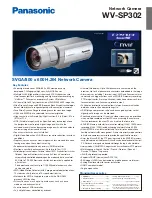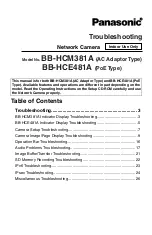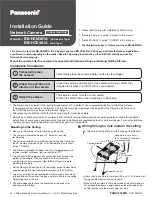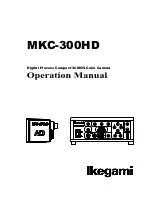
40
•
Camera Performance and Features
It is desirable for camera performance to always use the maximum exposure time possible based
on the maximum line rate of the inspection system and any margin that may be required to
accommodate illumination degradation. However, it will be necessary to adjust the responsivity to
achieve the desired output from the camera. The camera has a gain feature that can be used to
make the necessary adjustment to the responsivity.
There are two gain adjustments available: color gains, which can be set independently for each
color (range 1 to 4x); and the system gain, which is applied to all colors (range 1 to 10x).
Image Response Uniformity & Flat Field Calibration
See the section Flat Field Category in Appendix A for GenICam features associated with this section
and how to use them
Related Features: Calibrate FPN, Calibrate PRNU, Calibration Algorithm, Calibration Target
It is common to find that an image has a lower response at the edges of the camera’s field of view
compared to its center. This is typically the result of a combination of lens vignetting (cos
4th
) roll-
off and the beam structure of the illumination source. Using a more diffused light may reduce the
roll-off effect. However, if decreasing the lens aperture improves the edge roll-off, then barrel
vignetting (a shadow cast on the sensor by the focus helical or extension tubes) may also be
present.
The camera can compensate for edge roll-off and other optical non-uniformities by using flat field
calibration.
•
When performing Flat Field (PRNU) calibration, the camera should be imaging a front
illuminated white target or rear bright field illumination source. The optical setup should be
as per the inspection system, including lens magnification, aperture, and illumination
intensity, spectral content, plus illuminator beam structure.
•
Flat field calibration should be performed when the camera temperature has stabilized.
•
When the camera is asked to run a flat field calibration it will adjust all pixels to have the
same value as that of the peak pixel value or target level, as per the calibration mode
selected.
•
If the flat field calibration is set to a target level that is lower than the peak value and the
system gain is set to a low value, then it is possible that the sensor will maximize its output
before the camera’s output reaches 255 DN. This can be seen when a portion of the output
stops increasing before reaching 255 DN with increasing illumination and the PRNU
deteriorates. This effect can be resolved by decreasing the light level or exposure control
time.
Following a flat field calibration, all pixels should be at their un-calibrated peak value or target
value. Changing gain values now allows the user to make refinements to the operating responsivity
level.
Note that the best flat field calibration can be achieved by performing it at the mid DN level of the
working range used in the operation. Any flat field error associated with residual non linearity in
the pixel will be halved as compared to performing a calibration at the peak value of the operating
range. A simple way of performing this is to reduce exposure time to half what is used in the
operation in order to get the mid DN level for flat field calibration. Once complete, return the
exposure time to its original setting.
Содержание Linea ML ML-FM-08K30H
Страница 16: ...16 Linea ML Multiline Monochrome HDR CMOS Cameras Figure 8 Linea ML FM 16K Camera Mechanical ...
Страница 17: ...Linea ML Multiline Monochrome HDR CMOS Cameras 17 Figure 9 Linea ML HM 16K Camera Mechanical ...
Страница 82: ...82 Camera Performance and Features Declaration of Conformity ...
















































